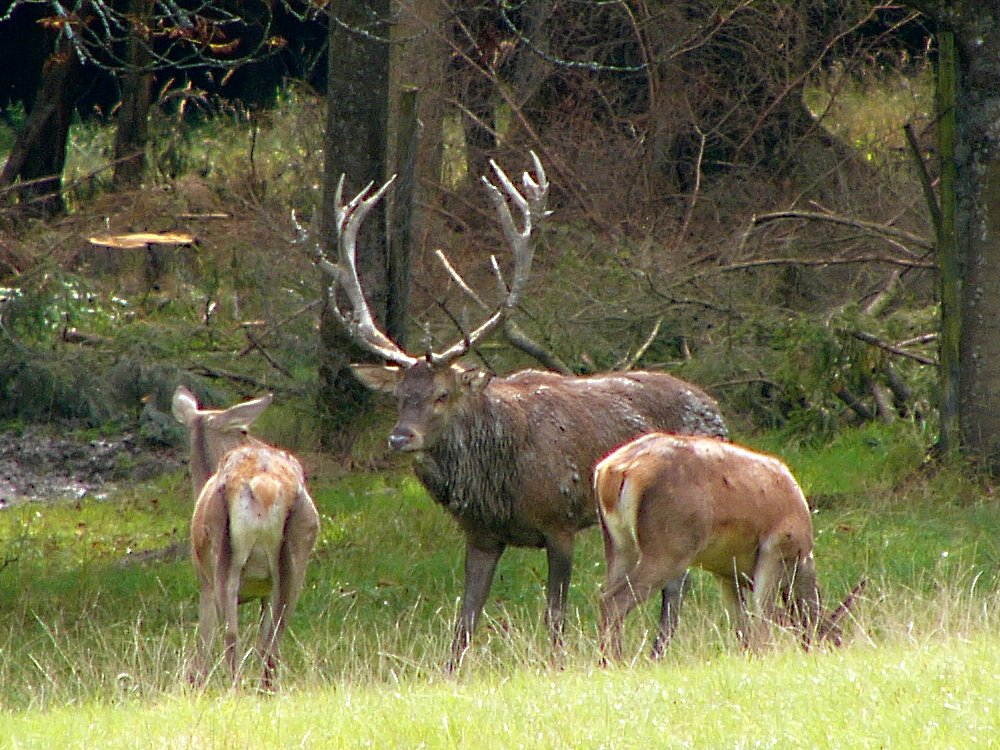What They Did
The researchers examined the effects of light intensity and
browsing by red deer on the overall slenderness, crown slenderness, and crown
irregularity of saplings in three size categories in Polish forests. Sapling
data was collected both inside and outside of deer-excluding fences built 10 to
15 years previously. Browsing intensity was calculated based on the size and
number of browsed shoots compared to the stem diameter at ground level. The
light intensity experienced by each sapling was calculated as the average of
the two nearest hemispherical photographs, which were taken every five meters
along the sampling transects.
The researchers found that browsing intensity was inversely correlated
with sapling height but directly correlated with sapling slenderness. Browsed
saplings were less slender with greater light intensity, but among unbrowsed
saplings, this relationship held only for the tallest category, those over 130
cm tall. The tallest saplings also had less slender crowns the more heavily
they were browsed. Unbrowsed saplings had more slender crowns with greater
light intensity, while browsed small (<90 cm) and medium (90-130 cm)
saplings had less slender crowns with more light.
Crown irregularity increased with browsing intensity among
medium and tall saplings. Small, unbrowsed saplings had greater crown irregularity
with greater light intensity, but the reverse was true for small, browsed saplings.
All these relationships were statistically significant, but the effect sizes
were small. The researchers propose that some of the differences between browsed
and unbrowsed sapling responses to light intensity resulted from deer herbivory
reducing competition among saplings.
Further Exploration
This paper reminded me a bit of my own thesis work 15 years
ago. I revisited sample plots from a university-owned forest in my area. I had
access to data from 10 and 23 years previously: herb layer cover by species and
tree and sapling diameters at breast height.
One of the biggest results was a drop in herb-layer species
richness and cover. Although I didn’t do any direct experiments on the effects
of white-tailed deer, their population in the area did increase between the sampling
periods, and a resulting drop in species richness and cover is consistent with
other research on the impact of deer on forest ecosystems.
My data also indicated a decrease in the proportion of oak
and hickory saplings relative to maple and beech, compared to the data from 23
years previously. This is also consistent with other research suggesting that
southeastern oak-hickory forests are being slowly overtaken by maples and
beeches as old trees die and aren’t replaced. It might be related to fire
suppression, since any given section of the oak-hickory forest would have
burned every 10 years or so before European colonization. Red maple is a
somewhat “weedy” tree – it grows fast and can tolerate a lot of environmental conditions,
but it’s much less fire-tolerant than oak and hickory. It’s not clear to what
degree the pre-European fire frequency was natural and to what degree it was
the result of management by the indigenous peoples, but that’s a rabbit hole
for another day!
https://commons.wikimedia.org/wiki/File:Cervus_elaphus_16.jpg



No comments:
Post a Comment
Please be nice.